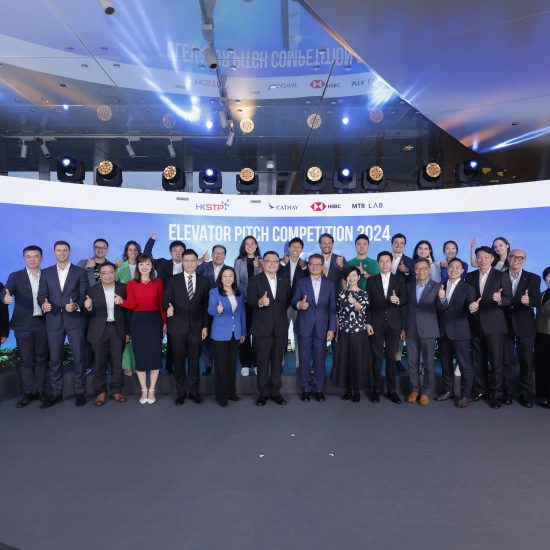Four common myths are obscuring the full value of cybersecurity for the enterprise and inhibiting security program effectiveness, according to Gartner, Inc. CISOs must embrace a “Minimum Effective” mindset to maximize cybersecurity’s impact for the business.
“Many CISOs are burnt out and feel they have little control over their stressors or work-life balance,” said Henrique Teixeira, Senior Director Analyst at Gartner. “Cybersecurity leaders and their teams are putting in the maximum effort, but it’s not having maximum impact.”
“A Minimum Effective mindset is Leigh McMullen, Distinguished VP Analyst at a deliberate, ROI-driven approach to leading cybersecurity into the future,” added Gartner. “While the idea of ‘minimum’ may seem uncomfortable, it refers to the inputs, not the outcomes. This approach will enable cybersecurity functions to go beyond merely ‘defending the fort’ to unlocking their true potential to create tangible value.”
Below are four common security myths and how security leaders can create new value across business engagement, technology, and talent.
Myth #1: More Data Equals Better Protection
It’s commonly believed that the best way to drive action from executive decision makers on cybersecurity initiatives is through sophisticated data analysis, such as calculating the likelihood of a cyber event occurring. However, it is not practical to quantify risk in this way. Further, this approach does not deliver shared accountability between cybersecurity and enterprise decision makers necessary for materially reducing business risk. Gartner research has found that just one-third of CISOs report success driving action through cyber risk quantification.
“Rather than continuing to pursue more data and more analysis, savvy CISOs engage in a Minimum Effective Insight approach,” said Teixeira. “Determine the least amount of information needed to draw a straight line between the enterprise’s cybersecurity funding and the amount of vulnerability that funding addresses.”
CISOs should use an outcome-driven metrics (ODM) approach to action Minimum Effective Insight. ODMs link security and risk operational metrics to the business outcomes they support by explaining the levels of protection currently in place and the alternative protection levels available based on spend.
Myth #2: More Technology Equals Better Protection
Worldwide spending on information security and risk management products and services is forecast to grow 12.7% to reach $189.8 billion in 2023. Yet even as organizations spend more on cybersecurity tools and technologies, security leaders still feel they are not properly protected.
“Cybersecurity often gets stuck in a gear acquisition mindset, believing that around the corner there must be something better,” said McMullen. “Instead, CISOs must embrace a Minimum Effective Toolset – the fewest technologies required to observe, defend and respond to exposures. This will enable cybersecurity to own their architecture, reducing the complexity and lack of interoperability that makes it so difficult to generate value from technology investments.”
Organizations can begin the journey to a Minimum Effective Toolset by taking a human-cost view, keeping the overhead on cyber professionals managing cybersecurity tools lower than the benefit of the tool in mitigating risks. In parallel, take an architectural view to measure whether any given tool is additive to, or subtractive of, the ability to protect the enterprise. Cybersecurity mesh architecture (CSMA) principles can also support security in designing for simplicity, composability and interoperability.
Myth #3: More Cybersecurity Professionals Equals Better Protection
“Demand for cybersecurity talent has outstripped supply to the point that CISOs are unable to catch up,” said McMullen. “Security is a massive bottleneck to digital transformation, and a lot of that is because of a myth that only cybersecurity professionals can do serious cyber work. Democratizing cybersecurity expertise, rather than trying to hire out of the talent gap, is the solution.”
Gartner predicts that by 2027, 75% of employees will acquire, modify or create technology outside IT’s visibility, up from 41% in 2022. CISOs can reduce the burden on their teams by helping these business technologists build Minimum Effective Expertise, or cyber judgment. A recent Gartner survey found that business technologists with high cyber judgment are 2.5 times more likely to consider cybersecurity risks when developing analytics or technology capabilities.
Myth #4: More Controls Equals Better Protection
A recent Gartner survey found that 69% of employees have bypassed their organization’s cybersecurity guidance in the past 12 months, and 74% of employees would be willing to bypass cybersecurity guidance if it helped them or their team achieve a business objective.
“Cybersecurity organizations are well-aware of the pervasive non-secure behavior of the workforce, but the typical response of adding more controls is backfiring,” said Teixeira. “Employees report a huge amount of friction involved with secure behavior, which is driving unsecure behavior. Controls that are circumvented are worse than no controls at all.”
Minimum Effective Friction rebalances cybersecurity’s assessment of the performance of security controls to prioritize user experience rather than technical functionality alone. Gartner predicts that by 2027, 50% of large enterprise CISOs will have adopted human-centric security design practices to minimize cybersecurity-induced friction and maximize control adoption.
Also published on Medium.







